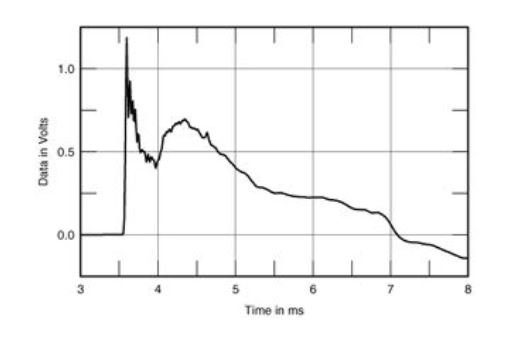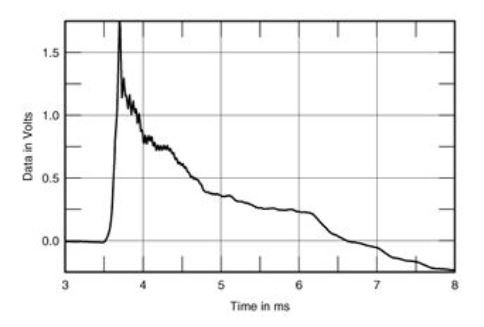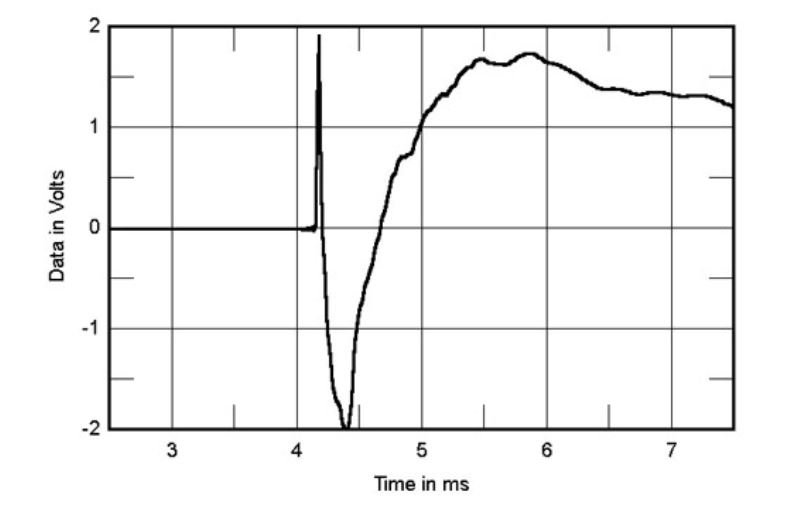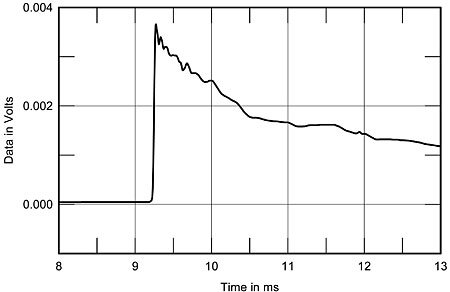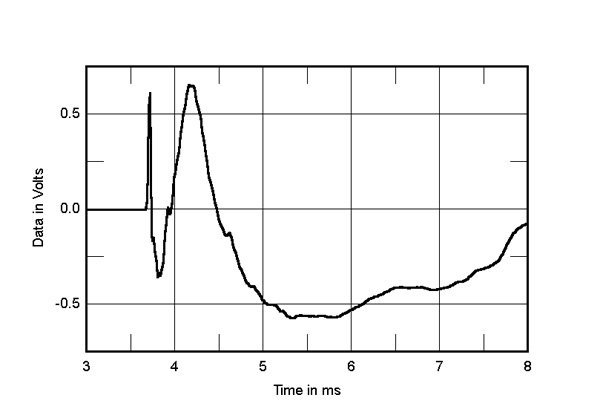generalizations with a negative bend can seem to be more pointed than intended. no doubt some systems succeed at peripheral things, but miss the musical connection and not be engaging by degrees. it can happen. but one needs to hear it to know.
Yeah, I over generalised, which is not fair. I am sure that there are quite a few American audiophiles who do get PRAT.
All the places I lived in the UK were old construction. I used to set up systems for friends and they would always sound decent with very little efforti don't subscribe to locations being evidence of any particular result with a particular system; but it's fair to recognize the plus's and minus's of styles of living.
i grew up in a home built in 1917 with heavy lath and plaster walls. but the rooms were quite small. never had any serious hifi there, but i am familiar with different type construction than more recent homes here. and that it "can" be an asset built in that newer homes might need to do some work to achieve. but that work can be done. old buildings do not have any singular right to good sound. even pictures rarely tell much of the story.
Coming back to Australia, after 16 years in 2007, I got quite a shock when I tried to set up a stereo in the typical modern Australian room - it sucked. I have been living here the last 17 years, struggling to get a system to work to my expectations. I have a few audiophile friends here who are lucky enough to live in homes built pre-WWII.







